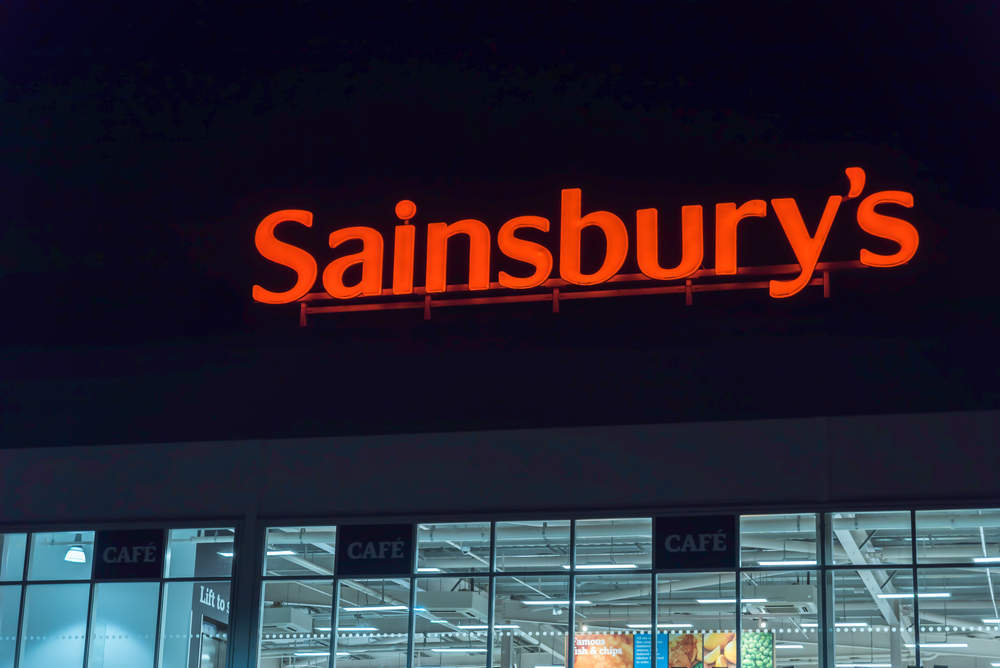Sainsbury’s management appeared unfazed after emerging as the under performing grocer this quarter, but should investors be worried?
In the short term, Sainsbury’s may struggle, but they have solid long term prospects.
Margins have dropped to 1.9 percent and like-for-like sales increased by only 1.6 percent which is poor when it is reportedly passing on inflation of 1.7 percent.
All the other major supermarkets performed above expectations, even the floundering Asda moved into positive like-for-likes after twelve consecutive quarters of negative growth.
The theme within the food retail sector has been one of anticipating inflation, moving to offset the impact on margins with cost savings programmes and range manipulation, along with efficiency targets.
This has resulted in relatively stable margins for the majority of the grocers, alongside impressive cost reduction, and the best sales growth for five years. Sainsbury’s is the anomaly here.

US Tariffs are shifting - will you react or anticipate?
Don’t let policy changes catch you off guard. Stay proactive with real-time data and expert analysis.
By GlobalDataThis can mean one of two things:
- Sainsbury’s is struggling more than the other grocers to weather the storm;
- or Sainsbury’s is less short-term focused than the other grocers and thus playing the long game.
Muted sales growth and a lack of evidence for the momentum from the first quarter continuing into the second (first quarter like-for-like was 2.3 percent and for the second quarter it was 0.6 percent) is problematic for Sainsbury’s, and with its positioning as a more premium grocer, consumers trading down in store and to cheaper competitors is more pertinent.
However, they are still growing and the poor weather has a strong effect this quarter due to its high proportion of fresh food.
If we look at the factors eating into Sainsbury’s profit, we can see that it comes from (in order of size) price investment, input cost inflation, and Argos losses (Argos is loss-making in its first half, making most of its profit over the festive period).
Ignoring Argos losses, the contributors to margin decline are therefore factors which all other supermarkets are experiencing.
The other grocers implemented strict cost saving programmes and margin targets in the run-up to Brexit.
Tesco, for example, expects 3.5 percent to four percent operating margin by 2019/20 and is seeking to achieve £1.5bn of cost savings in its turnaround period.
Morrisons is in full transformation mode with a number of efficiency savings still to take advantage of, and Asda is potentially recovering from a dismal three years.
However, as much as many of these changes were needed, there is the risk that the other grocers are damaging their prospects in the long term by maintaining momentum in the short term.
Lower investment and more short cuts, refurbishment, aggressive consolidation, a lack of development, and focus on cash flow might hamper the chances of long term growth. Short term gains may cause long term pain.
Sainsbury’s did not suffer to the same extent as the other grocers from the onslaught of the discounters, and thus has less to turnaround from.
Therefore, as it survived through one difficult period, we think that its lack of action is actually a tactic.
Sainsbury’s is highly focused on adapting to consumer consumption trends – its product innovation and range consolidation is unrivalled, same day delivery is being extended, and space re-purposing has been successful with Argos.
In addition, in Argos’ first half this year it chose to absorb much of the cost inflation without offsetting it against efficiency savings, thus dragging on margins, and allegedly this level of investment is unlikely to happen again.
Fundamentally, Sainsbury’s needs to improve its growth in the third quarter to avoid leaching market share, but one bad quarter hasn’t prompted them to “chase unprofitable volume” as chief executive Mike Coupe put it.
Sainsbury’s is adapting to the consumer the best out of all of the supermarkets, but the problem is that its niche is slightly more upmarket than the others of the big four, and thus in a time of critical uncertainty, without offsetting, margins are going to take a temporary hit.
It is well placed to chase the consumer and develop with demand, and thus we think that this strategy of allowing margin decline (within reason) is actually more of a tactical long term play, than disguising short term panic.








